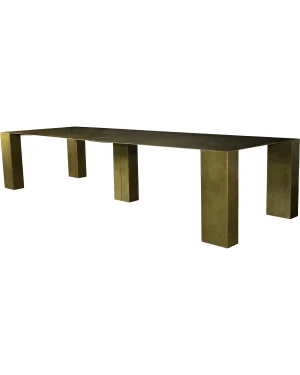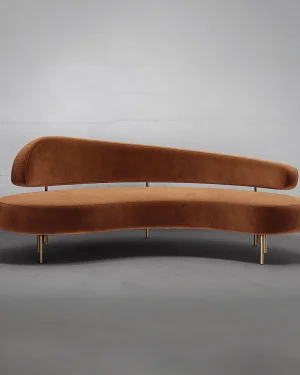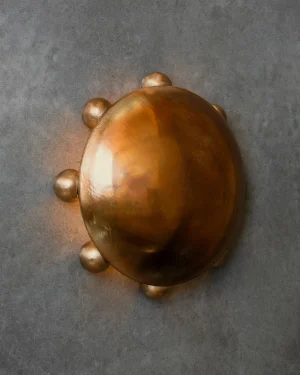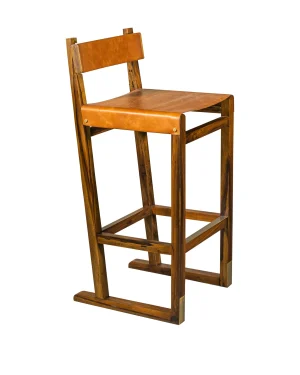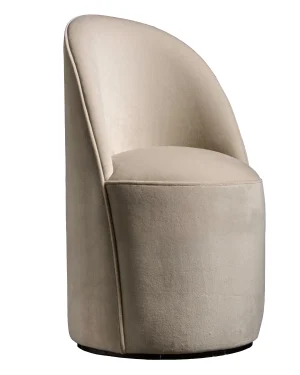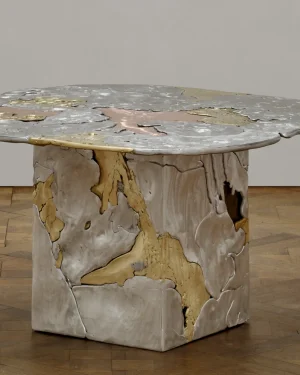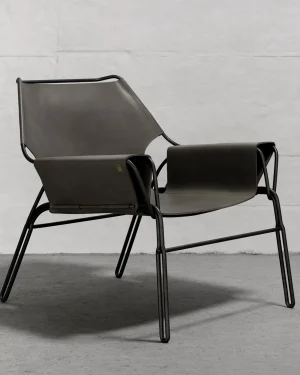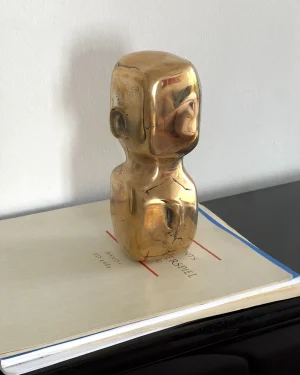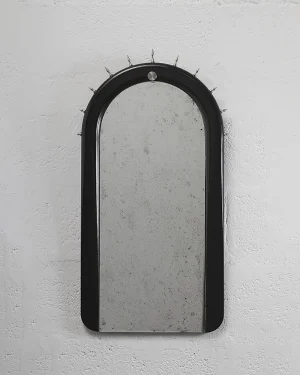Welcome to a world where ancient allure meets contemporary elegance, where history and artistry converge in the form of bronze. With a lineage dating back to ancient civilizations, bronze has transcended epochs to become a symbol of enduring beauty. Its distinctive characteristics, rich textures, and exceptional benefits have made it a cherished material for creating exquisite pieces of functional art.
Origins of Bronze Design
- Ancient Beginnings: Bronze, a blend of copper and tin, was first crafted in ancient Mesopotamia around 3300 BCE.
- Cultural Legacy: The use of bronze spread across cultures, with the Greeks and Romans producing iconic sculptures and artifacts.
- Medieval Influence: Bronze continued to be revered through the medieval period, with bronze bells adorning churches and cathedrals.
- Artistic Resurgence: Modern bronze design experienced a revival in the 19th century, blending classical aesthetics with contemporary sensibilities.
Elements that Shape Bronze
- Copper and Tin Alloy: The blend of copper's malleability and tin's strength results in a material that's both workable and durable.
- Patina Formation: Over time, bronze develops a patina - a natural, protective layer - which adds depth and character to the material.
- Textural Variance: Bronze's capacity to be cast into intricate molds creates an array of textures, from smooth to finely detailed.
- Aesthetic Versatility: The ability to maintain fine details makes bronze suitable for intricate sculptures and larger functional artworks.
Techniques in Bronze Artistry
- Lost-Wax Casting: This ancient technique involves creating a wax mold, encasing it in ceramic, melting the wax, and pouring molten bronze into the cavity.
- Chasing and Repoussé: By hammering from both sides, artists shape bronze sheets into intricate relief patterns and three-dimensional forms.
- Patination: Controlled oxidation is applied to bronze surfaces to create a patina that enhances its appearance and protects against corrosion.
- Assemblage: Bronze pieces can be assembled into complex sculptures, bringing together various cast components.
Contemporary Applications of Bronze
Bronze's timeless appeal and rich character continue to captivate contemporary design, gracing spaces with its warm and alluring presence.
- Sculptures: Bronze sculptures add an air of sophistication to indoor and outdoor spaces, telling stories through intricate details.
- Furniture: Bronze accents on furniture, from tables to consoles, imbue spaces with a touch of opulence and antiquity.
- Decor: Bronze wall art and decorative objects infuse interiors with a sense of history and artistic significance.
- Benefits: The durability and patina development of bronze make it an ideal choice for pieces that age gracefully and gain character over time.
Embrace the Essence of Bronze
Bronze, a material that has been cherished across millennia, embodies a timeless elegance that transcends time and trends. Each bronze artwork is a masterpiece of tradition and innovation, a testament to artists who channel their vision into a material rich with history. Adorno Gallery invites you to explore a curated collection that celebrates the enduring allure of bronze, offering functional artworks that radiate sophistication and artistry.
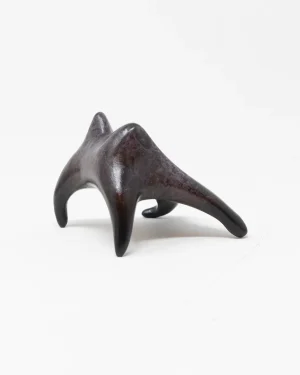

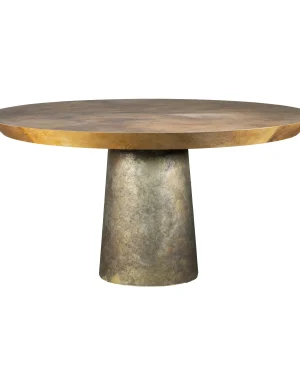 In stock
In stock
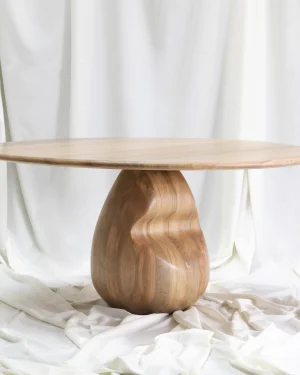 In stock
In stock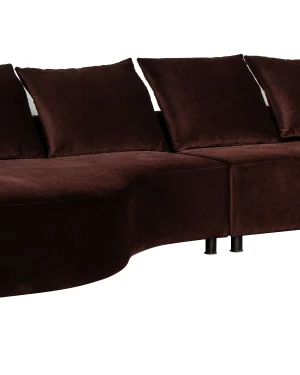
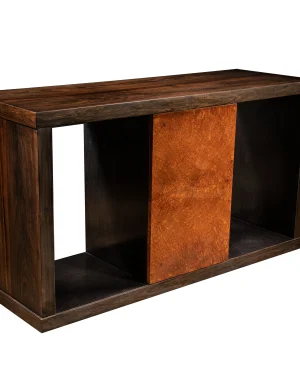
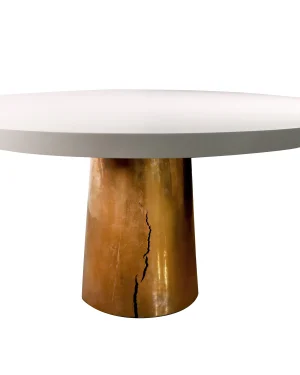 In stock
In stock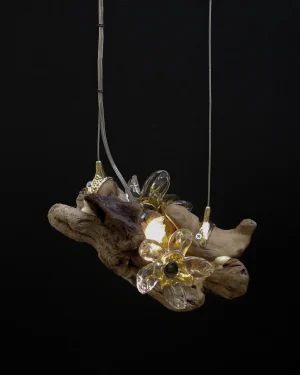 In stock
In stock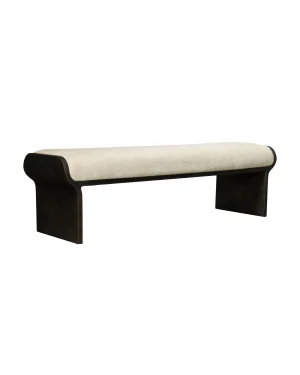
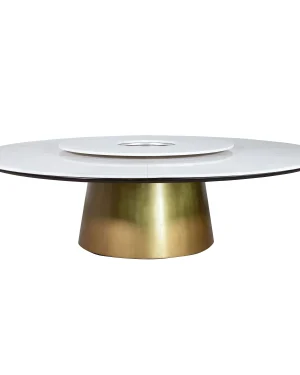 In stock
In stock
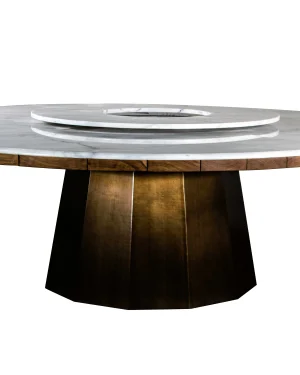
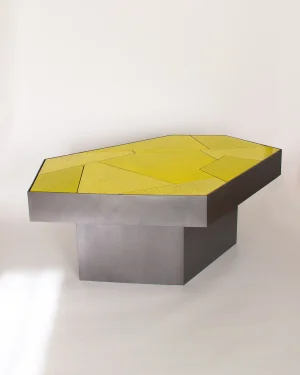 In stock
In stock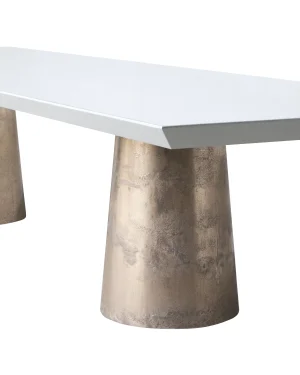 In stock
In stock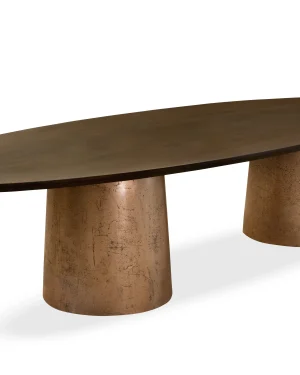

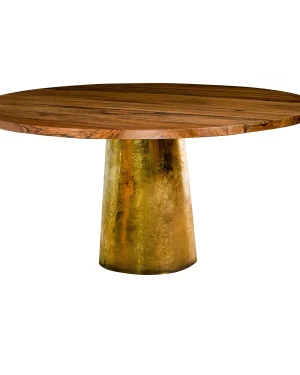
 In stock
In stock In stock
In stock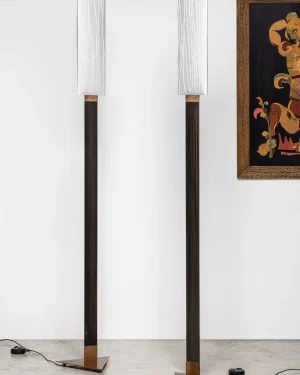 In stock
In stock
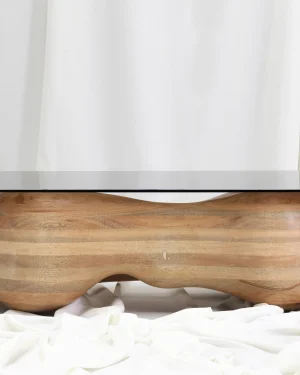 In stock
In stock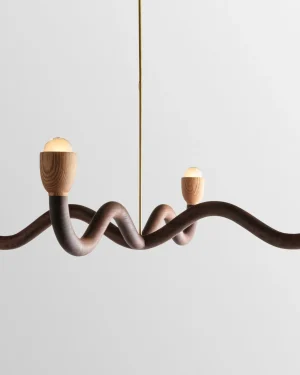 In stock
In stock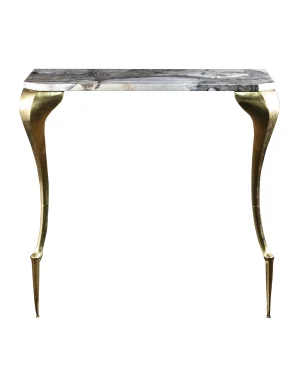 In stock
In stock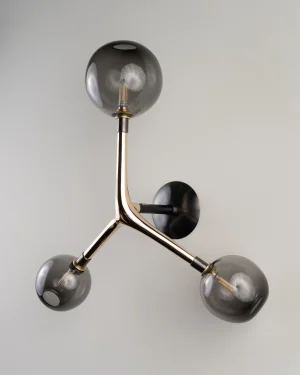 Free shipping
Free shipping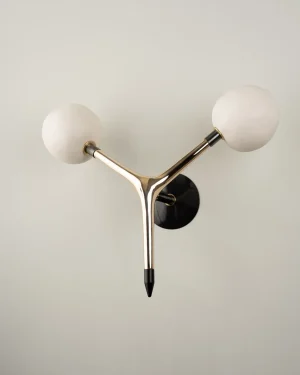 Free shipping
Free shipping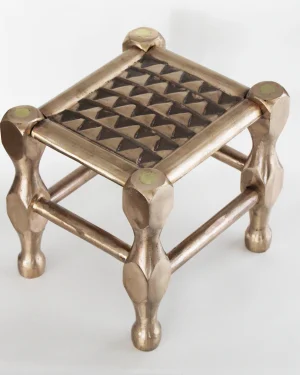
 In stock
In stock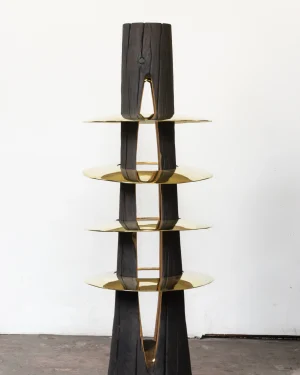 In stock
In stock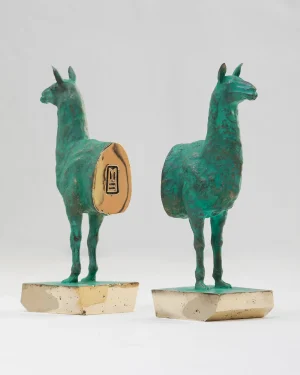 In stock
In stock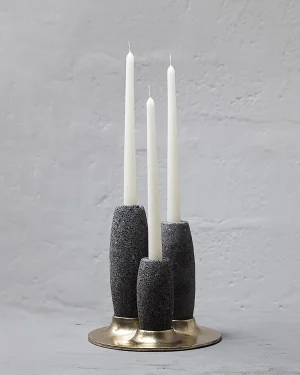 In stock
In stock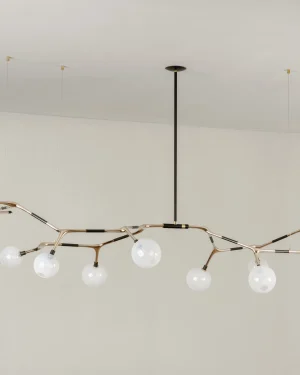
 Free shipping
Free shipping
 In stock
In stock